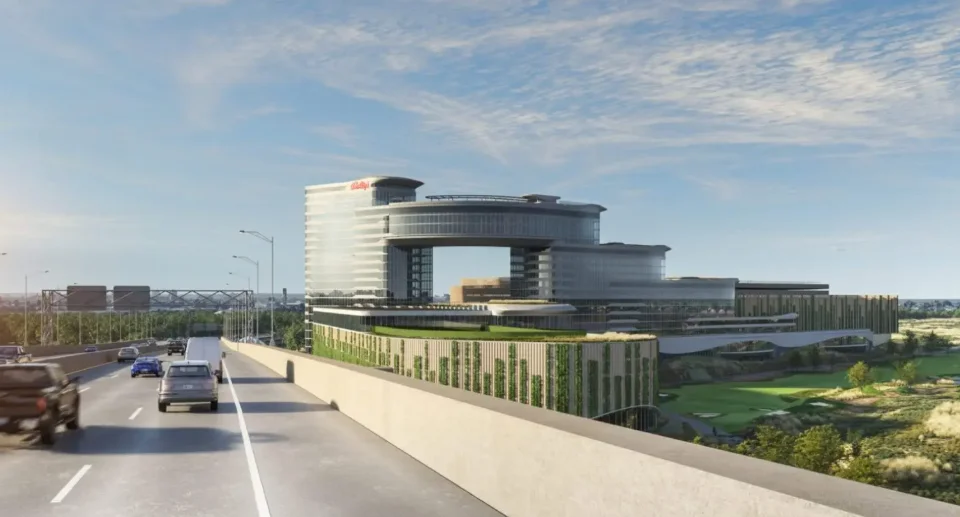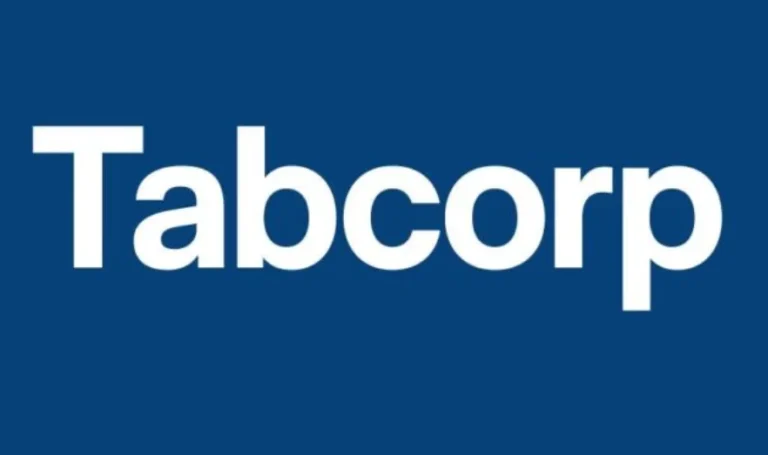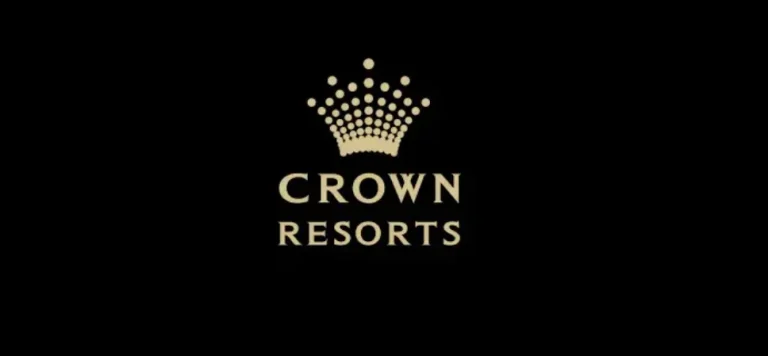Back from the dead, Bally’s Bronx makes its New York casino pitch
Bally’s Bronx is seen as a long shot, yet the company seems most at ease in that position.
The first round of local community advisory committee meetings for all eight downstate New York casino licences is now complete, following Bally’s Corp presenting its proposed $4 billion integrated resort in the Bronx on Friday.
The Residence Inn meeting room was packed for the presentation, and understandably so. Bally’s proposal is among the most controversial bids to date, having received backing twice from New York City Mayor Eric Adams.
In June, Adams helped the project pass a city council vote on parkland rezoning by lowering the approval threshold from two-thirds to a simple majority. Then, when the council rejected a separate vote in July, Adams vetoed their decision, effectively allowing the project to move forward.
The mayor, whose federal corruption charges were dismissed earlier this year by the Department of Justice, maintains that his actions are not an endorsement. Adams insists they are intended to ensure a broad field of bidders for up to three downstate licences.
Bally’s plans a large integrated resort on a golf course it owns at Ferry Point. Purchased from the Trump Organization, the deal includes an extra $115 million payout if the licence is awarded. The connection has been controversial, but the project has navigated multiple obstacles to reach this stage.
Billion-dollar goals for Bally’s
Bally’s Chairman Soo Kim led the presentation, highlighting the company’s ambitions in New York alongside other ongoing projects. Bally’s is constructing a $1.8 billion casino in Chicago, recently acquired Australian operator Star Entertainment, is evaluating its empty Las Vegas Strip plot, and completed a reverse merger with Intralot.
Kim, a “proud product of New York City,” said Bally’s approach is “deliberate.” Although none of Bally’s 19 active US casinos match the Bronx proposal’s scale, he believes the company can deliver its largest commitment yet.
“We believe we’re the most relevant operator and bring our proven track record of managing projects like this market demands,” Kim told the committee.
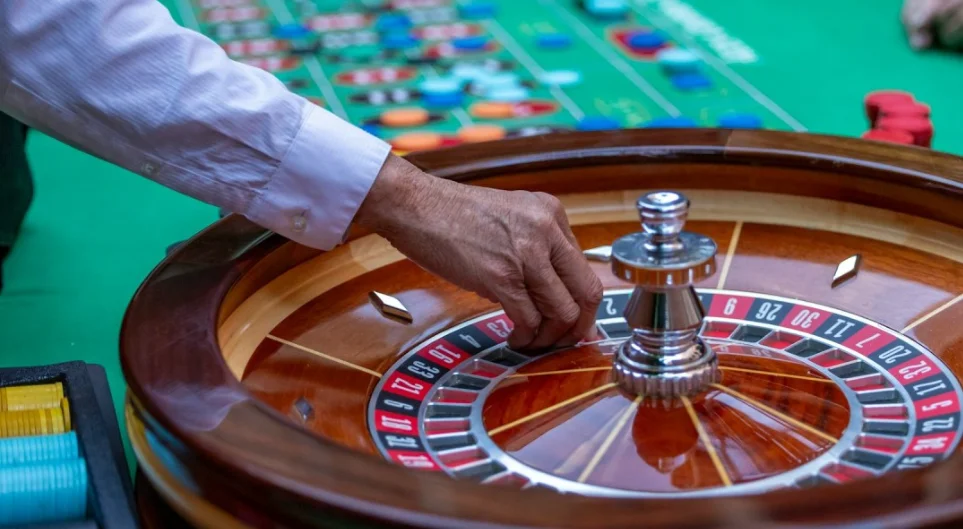
Like other New York applicants, Bally’s expects the market to be among the highest-grossing in the US. Kim projected Bally’s Bronx would generate gross gaming revenue “well above” $1 billion annually, ranking it alongside MGM National Harbor in Maryland and fellow New York applicant Resorts World NYC. He cited National Harbor as a comparison.
The $4 billion project would be the borough’s largest-ever private investment. Concerns remain over Bally’s ability to fund such a venture, given its high leverage and leased properties. Nevertheless, Kim is confident the mega-resort could become a Bronx landmark on par with Yankee Stadium or the Bronx Zoo.
Plans to help those in need
Casino proposals generally highlight either their borough’s strengths or its needs. Manhattan bids emphasise wealth and tourism; Bally’s Bronx, like The Coney in Brooklyn, highlights underprivileged communities needing development.
State officials are considering economic impact, workforce development, and diversity initiatives. By socioeconomic metrics, the Bronx is the poorest-performing borough. Bally’s argues this makes it the most appropriate location for development.
“We believe placing it in the borough with the most economic need is the most responsive to the [request for applications],” Kim said.
Senior VP Christopher Jewett noted the project would create about 15,000 construction jobs and 4,000 permanent positions, with an average salary of $96,000—below most competing bids.
“Where else is economic impact more meaningful than in the borough with the least investment, highest unemployment, and lowest median income?” Jewett added.
Right down the fairway for Bally’s?
The architectural design is futuristic, with stepped and tiered structures connected by skybridges. Jewett said the layout respects the golf course.
“We drew inspiration from the golf course, using a stepped hotel design to mimic the undulating fairways while keeping building height low,” he explained.
The finished complex would be about 100 feet below the nearby Bronx-Whitestone Bridge. Previously a landfill, the site became a golf course in 2015. The clubhouse would be relocated; the rest of the course remains mostly unchanged.
Bally’s announced its loyalty program would extend to local partnering businesses. Jewett also highlighted a planned public equity initiative offering 9% ownership to Bronx residents, similar to a programme launching soon in Chicago.
“We aim to make shares available for $250–$500, enabling equity ownership across all income levels,” he said.
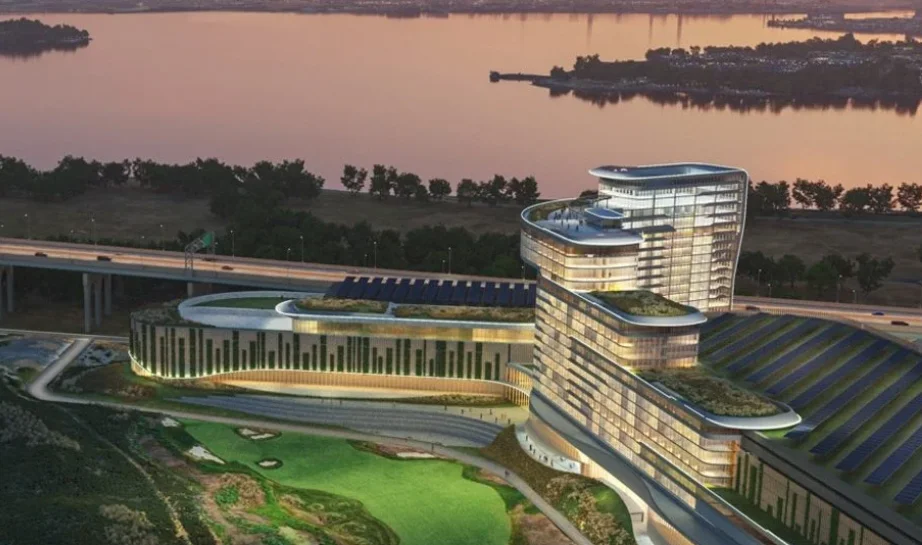
Preston pride in New York race
Bally’s Chief Legal Officer Kim Barker said more than 11,000 registered voters were canvassed, with 9,700 signing petitions. Support ranged from 55% to 85% across communities.
“The Bronx showed overwhelming support in every ZIP code,” Barker stated.
The Bally’s Foundation played a key role in outreach. In April, it purchased Preston High School for $8.5 million, leased it back for $1, and donated an additional $1.6 million for repairs, helping save the all-girls Catholic school from closure.
“We were proud to act, recognising the school’s importance to the Bronx,” Barker said.
Eyes and ears on the inside
The Q&A was dominated by CAC member Danielle Volpe, appointed by Councilmember Kristy Marmorato, a strong project opponent. Volpe questioned Bally’s public support and petition materials, alleging false attributions to local groups. She also raised traffic concerns, citing real-life examples near schools.
Other CAC hearings followed similar patterns. At The Coney, Assemblymember Alec Brook-Krasny’s appointee Marissa Solomon aggressively challenged the project. At Metropolitan Park, Senator Jessica Ramos’ appointee George Dixon also pushed back strongly.
